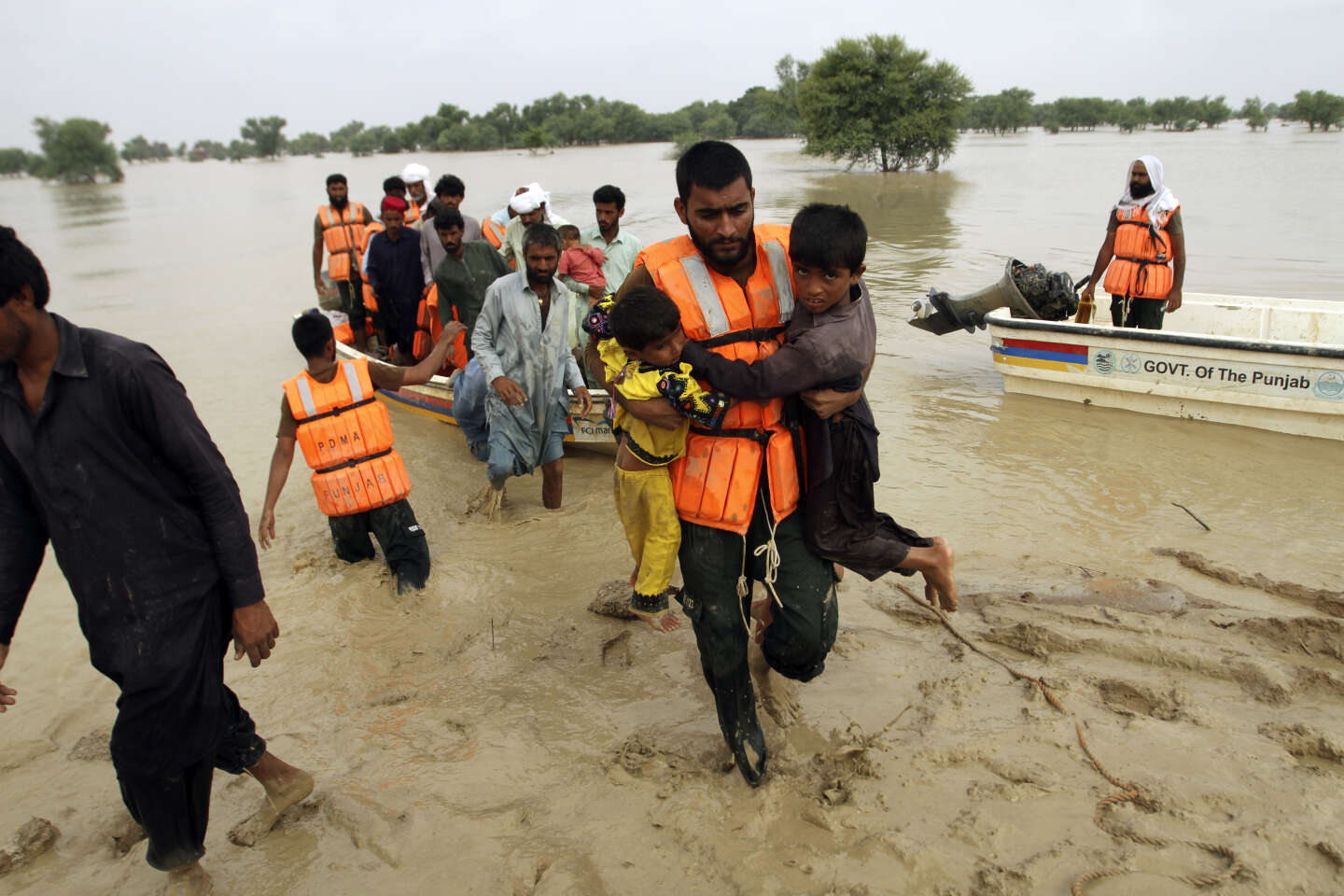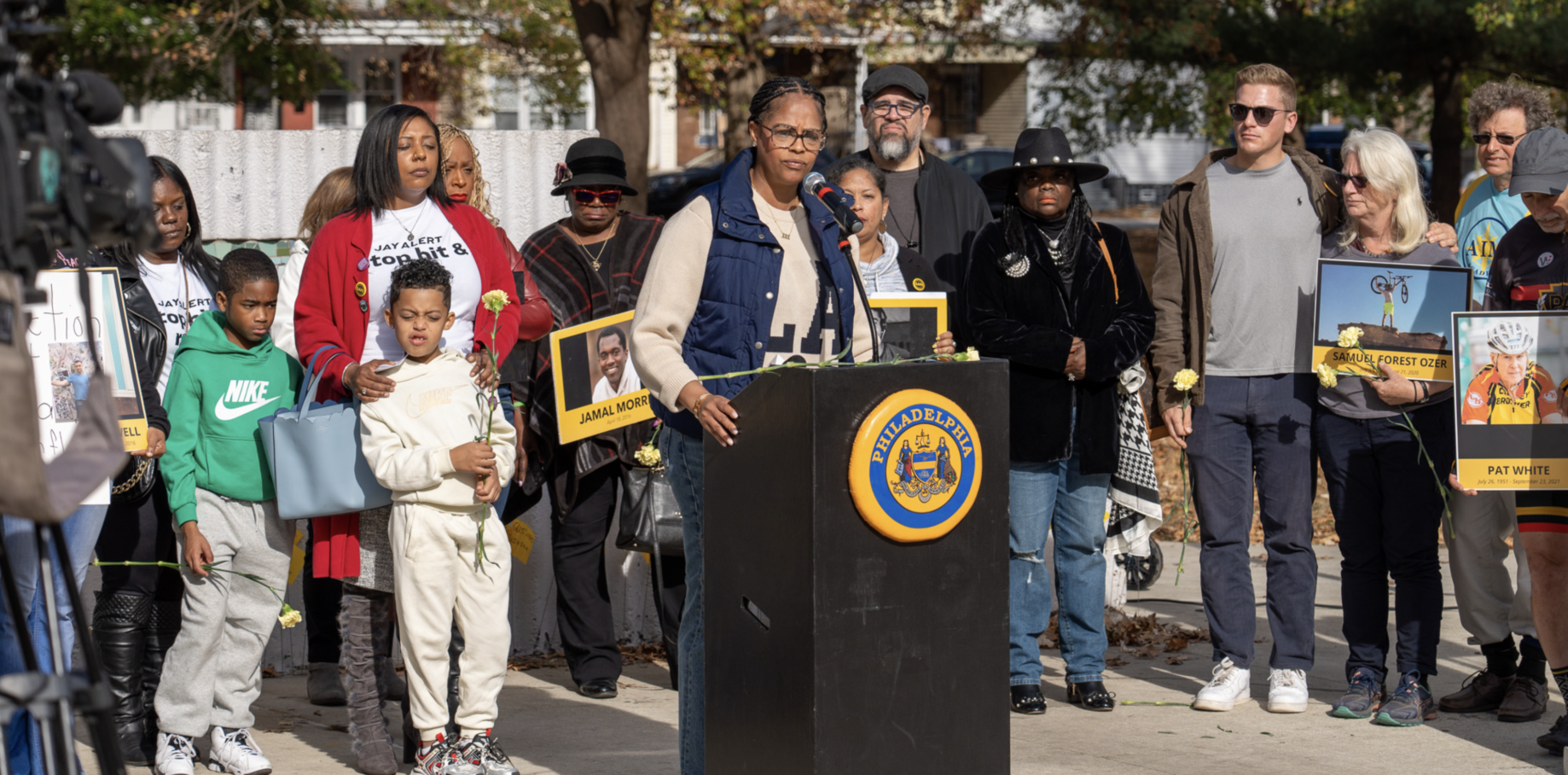World
Esther Duflo: ‘We must compensate the world’s poorest citizens and help them adapt to climate change’

The last 12 months have been the hottest on record for the planet. This fact means climate change is not just a threat to the future but an increasingly important part of our present. Yet neither this present nor this future is shared equally.
Poor countries are often in climates that are already hot. As the planet gets warmer, they suffer from more days when temperatures are hardly compatible with human life (above 35°C). Moreover, poverty is a major obstacle to adaptation. When it’s 35°C in Texas, an office worker can travel from their air-conditioned home to their air-conditioned office in their air-conditioned car. When it’s 35°C in Pakistan, people living in rural areas are hot in their homes with no air-conditioning and often have to do physical work outdoors.
The resulting combination of these two forces couldn’t be more dangerous: By 2100, researchers at the Global Impact Lab predicted that if the emission trajectory is not altered, rising temperatures will cause 6 million more deaths per year, more than all current deaths from infectious diseases combined. This increased mortality will exclusively impact the poorest countries.
The responsibility for this situation is equally inequitable. The richer a person is, the more they consume. The more they consume, the more they contribute to carbon dioxide emissions. The carbon may have been emitted in a factory in China or on a freeway in France, but the result is the same. According to calculations by Lucas Chancel, a French economist teaching at Sciences Po, if we consider each individual’s total carbon footprint, the top 10% of emitters are responsible for 50% of emissions. The carbon footprint of a relatively wealthy resident of the United States is 120 times greater than a poor inhabitant of the African continent.
Valuating human life
That’s why, at Brazil’s invitation, I’m presenting a proposal to the G20 finance ministers’ meeting on May 17 to secure long-term funds to compensate the world’s poorest citizens and help them adapt to climate change.
Total combined carbon dioxide emissions from the US and Europe amount to around 14 billion tons per year. Every ton contributes to global warming and results in deaths. Can we put a number on the cost these emissions impose on the poorest countries? Doing so would require placing a value on one human life, an exercise used by government administrations to calculate, for example, the value of a highway ramp that would reduce road accidents. In the US, the Environmental Protection Agency currently has a figure set at $7 million. By combining an estimate of the cost of a lost year of life, the expected effect of a ton of carbon dioxide on temperatures, and the effect of temperatures on climate, researchers have calculated the monetary value of the impact of each ton of carbon on future mortality: $37.
You have 49.14% of this article left to read. The rest is for subscribers only.










